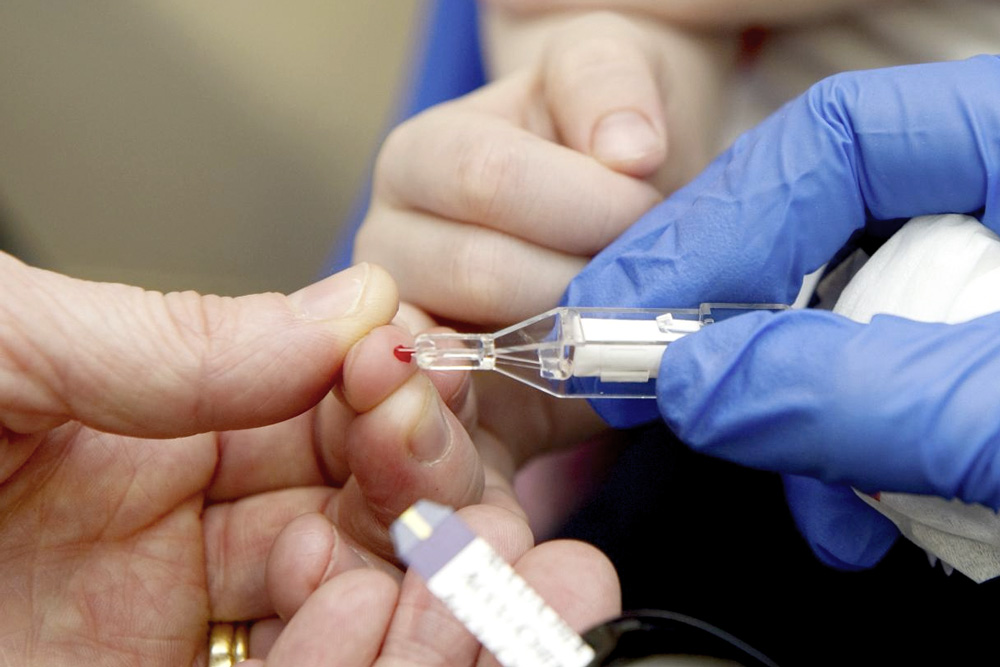Diabetes
According to the National Institute of Diabetes and Digestive and Kidney Diseases, 25.8 Million children and adults in the U.S. are currently living with diabetes. Of these, 4.5 million are insulin-dependent. Injections of insulin and monitoring of blood glucose levels with finger sticks were once the sole option for these patients. Innovations such as insulin pumps and continuous glucose monitors have greatly simplified treatment for some patients, but there is still work to be done. At the Alfred Mann Foundation, we are developing technology to combine an insulin-delivery system with a blood glucose monitor to create an automated implantable device that could replicate the replicate the blood-glucose control ability of the human pancreas.
The objective of the artificial pancreas program is to help diabetics maintain their blood glucose levels within normal range, and in so doing, prevent frequent fluctuations between low and high blood glucose levels, reduce the cardiovascular damage that results from such fluctuations, reduce the chance of sudden death from low blood glucose, and give back peace of mind and quality of life to insulin-dependent diabetics.
(Above: A model showing how an artificial pancreas could look)
An artificial pancreas is comprised of four primary components:
(a) A pump that delivers insulin into the body. The pump AMF will use will be implanted beneath the skin and will deliver insulin into the abdominal area, where it is taken up by the liver’s portal vein.
(b) A continuous glucose monitor (CGM) that checks blood glucose levels periodically. AMF will employ a CGM that, like the pump, is implanted entirely within the body.
(c) An algorithm programmed into software that receives information about glucose levels and sends commands to the pump when more insulin is needed
(d) Insulin which can be stored within the pump
This device is not currently available for clinical trials in the USA
– See more at: http://aemf.org/our-research/current-focus/diabetes/#sthash.rOxE829a.dpuf







